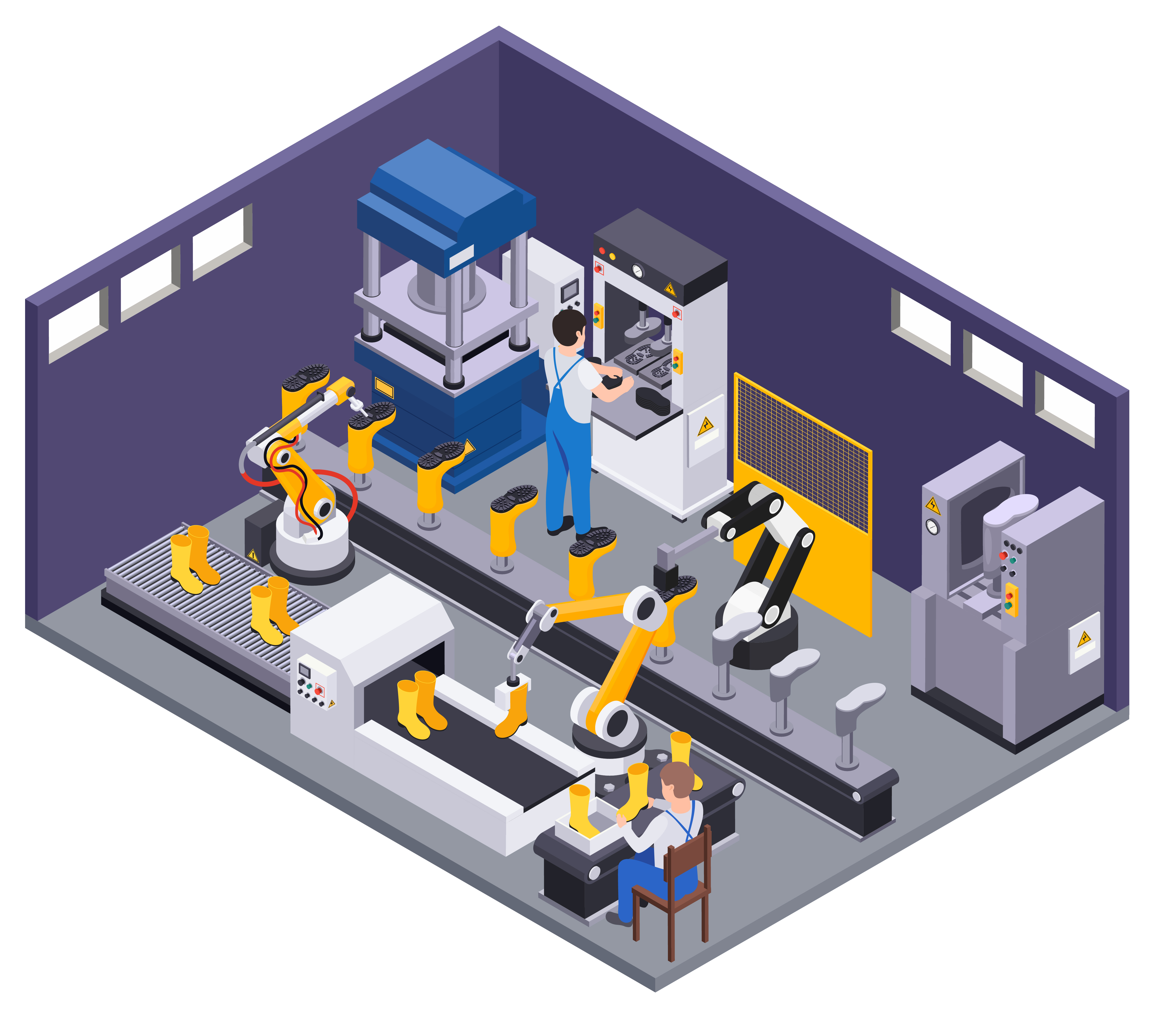AI-Driven Predictive Analytics & Demand Forecasting in Manufacturing ERP Software for the Chemical Industry

Strong 8k brings an ultra-HD IPTV experience to your living room and your pocket.
In today's highly competitive chemical manufacturing sector, accuracy and foresight are everything. Businesses are under constant pressure to balance inventory, reduce waste, meet fluctuating demand, and comply with stringent quality standards. The key to achieving all this? AI-powered predictive analytics integrated with manufacturing ERP software like ERPNext.
With tools like ERPNext, chemical manufacturers are moving from reactive decision-making to a proactive approach—forecasting demand, optimizing production schedules, and maintaining lean chemical inventory levels without risking stockouts. This blog explores how predictive analytics and demand forecasting powered by AI are transforming the chemical industry through ERPNext.
Why Predictive Analytics is Crucial in Chemical Manufacturing
- Chemical manufacturing faces unique challenges:
- Volatile demand and seasonality
- Complex formulations and multi-level BOMs
- Shelf-life constraints and hazardous material handling
- Strict regulatory compliance
- Need for precise production planning
Predictive analytics helps address these issues by analyzing historical data, market trends, and operational patterns to forecast future requirements accurately.
Benefits of AI-Driven Forecasting:
✅ Reduced overproduction and waste
✅ Optimized raw material procurement
✅ Improved production planning
✅ Enhanced customer satisfaction through on-time deliveries
✅ Data-backed decision-making
ERPNext: A Smart Manufacturing ERP Software for Predictive Analytics
ERPNext stands out as one of the best ERP software in India for small to mid-sized manufacturing businesses, including those in the chemical industry. Its open-source, modular, and AI-ready architecture makes it ideal for implementing predictive analytics features.
How Predictive Analytics Works in ERPNext
Step 1: Data Collection & Cleansing
ERPNext gathers historical sales, purchase, and production data, cleans it using in-built data pipelines or integrated Python scripts.
Step 2: Model Selection
Time-series forecasting models like ARIMA, Prophet, or machine learning-based models are applied to identify trends, seasonality, and anomalies.
Step 3: Forecast Generation
The system predicts future demand at SKU, product, or customer segment level, allowing planners to adjust purchase and production activities.
Step 4: Actionable Insights
Forecasted results are displayed via dashboards and reports. ERPNext triggers alerts for low stock, upcoming demand spikes, or overstock risks.
Real-World Use Case: A Mid-Sized Chemical Manufacturer
A Gujarat-based chemical firm integrated ERPNext with AI forecasting tools. They previously faced monthly overstock issues costing 12% of working capital. After ERPNext implementation:
- Inventory turnover ratio improved by 33%
- Overstock dropped by 50% within 3 months
- On-time deliveries improved from 82% to 95%
Their sales and planning teams now rely on ERPNext dashboards for dynamic forecasting, ensuring better alignment with customer needs.
Aligning Predictive Analytics with Sales Force Automation (SFA)
Predictive analytics doesn’t just help production—it transforms your sales process as well. When integrated with SFA software, ERPNext can:
- Predict future customer demand based on past orders
- Prioritize leads that are likely to convert based on historical success
- Suggest optimal pricing strategies
- Align field sales efforts with production schedules
This integration enhances sales automation software capabilities, making ERPNext a powerful end-to-end business platform.
Top Reasons to Choose ERPNext for the Chemical Industry
- 📈 Built-in support for chemical inventory compliance
- 🔗 Easy integration with AI and ML tools
- 🌍 Open-source flexibility, ideal for manufacturing ERP India market
- ⚡ Real-time data for fast, accurate decisions
- 🌟 Community-driven updates with industry-specific modules like SigzenCHEM
Frequently Asked Questions (FAQs)
Q1: How does predictive analytics reduce waste in chemical manufacturing?
By accurately forecasting demand, businesses avoid overproducing or storing perishable chemical inventory, thus minimizing waste.
Q2: Can ERPNext integrate with AI tools for forecasting?
Yes. ERPNext’s open-source Frappe framework supports Python scripts and external AI model integration.
Q3: Is ERPNext suitable for small chemical businesses in India?
Absolutely. It’s among the best ERP software in India, especially for SMBs looking for affordability and scalability.
Q4: How does predictive analytics enhance SFA?
It enables sales teams to focus on high-conversion leads, align with inventory availability, and improve sales pitch timing.
Final Thoughts
AI-powered predictive analytics is not a luxury anymore—it’s a necessity for competitive survival in the chemical industry. With ERPNext as your manufacturing ERP software, you gain not only predictive capabilities but also a robust platform to manage inventory, compliance, sales, and customer satisfaction.
Whether you're scaling operations, planning smartly, or responding to market demand, ERPNext puts data-driven decisions at the heart of your business.
Note: IndiBlogHub features both user-submitted and editorial content. We do not verify third-party contributions. Read our Disclaimer and Privacy Policyfor details.







